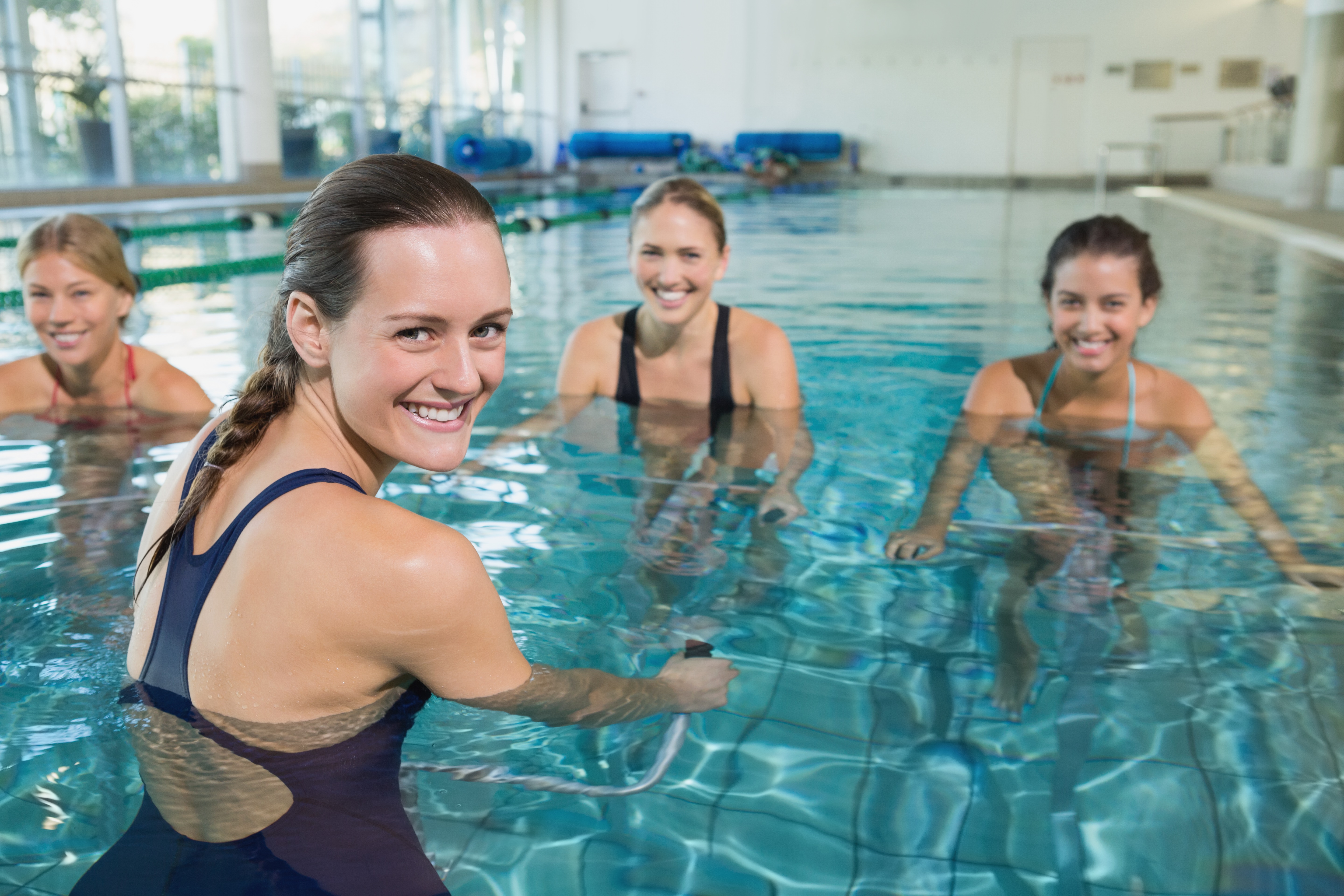Researchers at Cukurova University, Turkey recently revealed that aquatic aerobic exercise offers clinical benefits to patients with fibromyalgia syndrome (FMS). The study was published in the Journal of Physical Therapy Science and is entitled “The effects of aquatic, isometric strength-stretching and aerobic exercise on physical and psychological parameters of female patients with fibromyalgia syndrome”.
FMS, or simply fibromyalgia, is a medical disorder characterized by a set of symptoms that includes widespread chronic musculoskeletal pain, incapacitating fatigue, stiffness and numbness in certain parts of the body, painful response to pressure, headaches, unrefreshing sleep (poor sleep quality), anxiety or depression and mood alterations. Fibromyalgia can affect people’s ability to conduct simple daily tasks, compromising their quality of life. It is estimated that 5 to 15 million Americans are affected by this disorder, especially women.
FMS patients have a lower muscular strength, endurance and fitness levels in comparison to healthy individuals. In order to improve these parameters and reduce pain, there are several therapeutic modalities. Studies have shown that low intensity physical activity and exercise, such as walking, jogging, cycling, stretching and swimming have a positive impact in patients with chronic pain and FMS. Exercise increases FMS patient’s fitness levels, reduces the spread of pain and tenderness, reduces depression levels and improves the quality of life.
In the study, researchers analyzed the impact of aquatic, aerobic and isometric strength-stretching exercises in FMS patients’ physical and psychological parameters.
The team evaluated 75 women, aged 18 to 50 years, with FMS who were randomly divided into three groups and submitted to one of the treatment approaches: a home-based isometric strength and stretching exercise program (ISSEP), a gym-based aerobic exercise program (AEP), and a pool-based aquatic aerobic exercise program (AAEP). All treatments were conducted for 3 months. Patients were submitted to Fibromyalgia Impact Questionnaire (FIQ), SF-36 physical and mental health scores, the Six-Minute Walk Test (6MWT), Visual Analog Scale (VAS), and the Beck Depression Inventory (BDI) at baseline and after the treatment.
The results showed that patients in the ISSEP group experienced only slight improvements in FIQ, 6MWT, and SF-36 physical and mental health scores, whereas a significant improvement was observed in VAS and BDI. In contrast, patients in the AEP and AAEP groups exhibited significant improvements in all variables analyzed after three months of therapy. Of the three strategies, AAEP was found to be the most effective therapy. The authors suggest that the superiority of this treatment might be linked to the absence of impact force on the joints during water exercises.
The research team concluded that a pool-based aquatic aerobic exercise program is a more effective therapy for FMS patients in comparison to gym-based aerobic exercise or strength and stretching exercise programs. Long-term follow-up studies should be conducted to confirm these findings.

